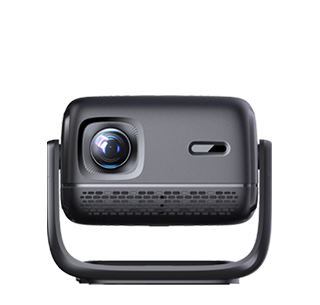
Projector screen horizontal keystone correction is a specialized subset of keystone correction that focuses specifically on fixing horizontal distortions in the projected image. This type of distortion occurs when the projector is not aligned horizontally with the center of the screen—meaning the projector is placed either to the left or right of the screen’s centerline, rather than directly in front. When this happens, the projected image appears wider on one side (the side closer to the projector) and narrower on the opposite side, resulting in a horizontal trapezoid shape. Horizontal keystone correction adjusts the image horizontally to eliminate this distortion, ensuring that the image’s left and right edges are parallel and the overall shape is rectangular.
Unlike vertical keystone correction (which addresses distortions caused by vertical misalignment, such as the projector being too high or too low), horizontal correction targets lateral misalignment. This is particularly useful in environments where space limitations prevent the projector from being placed directly in front of the screen. For example, in a small living room where furniture (like a bookshelf or a sofa) blocks the central position, the projector may need to be placed on a side table to the left or right of the screen. Without horizontal keystone correction, the image would stretch toward the side where the projector is located, making it difficult to view. With the correction feature enabled, the projector adjusts the image’s horizontal dimensions, compressing the wider side and expanding the narrower side to create a balanced, rectangular image.
Horizontal keystone correction can be implemented through either digital or optical methods, similar to general keystone correction. Digital horizontal correction uses software algorithms to modify the image’s pixel array along the horizontal axis. When the projector detects a horizontal trapezoid, it reduces the number of pixels on the wider side and increases them on the narrower side, effectively straightening the image’s left and right edges. This method is easy to use, as it can be controlled via the projector’s remote control or on-screen menu, and it is available in most mid-range and high-end projectors. However, as with digital vertical correction, excessive horizontal correction can lead to a slight loss of image resolution, as the projector is essentially cropping and stretching the original image data.
Optical horizontal keystone correction, also known as horizontal lens shift, uses a movable lens or lens group within the projector to adjust the image’s position horizontally without altering the pixel structure. By shifting the lens to the left or right, the projector can align the image with the screen’s center, even if the projector itself is off-center. This method preserves the image’s original resolution and quality, as it does not involve any digital manipulation of pixels. Optical horizontal correction is especially valuable in professional settings, such as boardrooms, lecture halls, or home theaters, where image clarity and precision are essential. For example, in a home theater with a fixed screen mounted on a wall, a projector with optical horizontal lens shift can be placed in a side cabinet, and the lens can be shifted to center the image on the screen, avoiding any distortion and maintaining the full 4K or 1080p resolution.
When using horizontal keystone correction, users should be aware of the correction range provided by the projector. Most projectors offer a horizontal correction range of ±5 to ±15 degrees, though some high-end models may provide a wider range. It is important to stay within this range to minimize image quality loss. Additionally, users should consider the aspect ratio of the screen and the projected content. For example, if the screen is designed for a 16:9 aspect ratio, overcorrecting horizontally may result in a stretched or squashed image that does not fit the screen properly. Calibrating the horizontal keystone settings in conjunction with the screen’s aspect ratio can help achieve the best results.
In summary, horizontal keystone correction is a vital feature for flexible projector placement, allowing users to set up the projector in non-central positions without sacrificing image quality. Whether in a home, office, or educational environment, this feature ensures that the projected image remains rectangular and clear, enhancing the overall viewing and presentation experience. By understanding the differences between digital and optical correction methods and considering the specific needs of the space, users can effectively utilize horizontal keystone correction to optimize their projector setup.
Read recommendations:
HW45 Home Cinema - HW Series Projector
Projector Screen Keystone Correction
Foldable Projectors
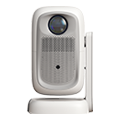
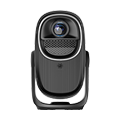



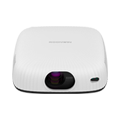
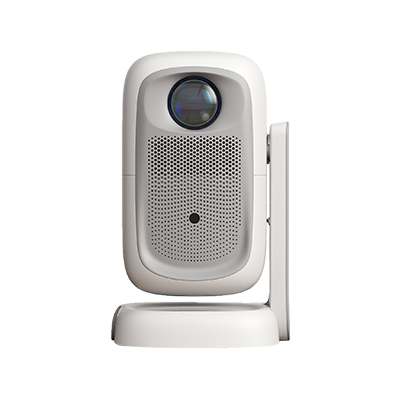
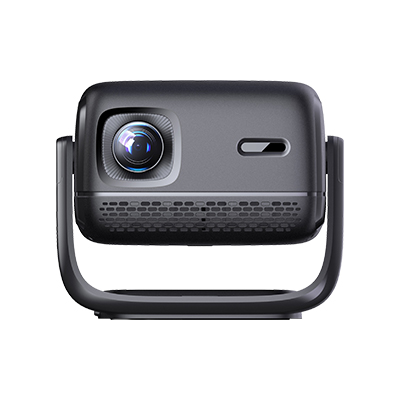
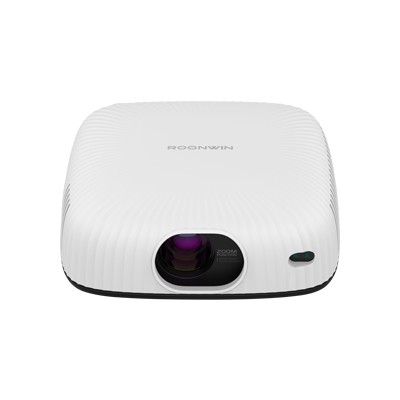









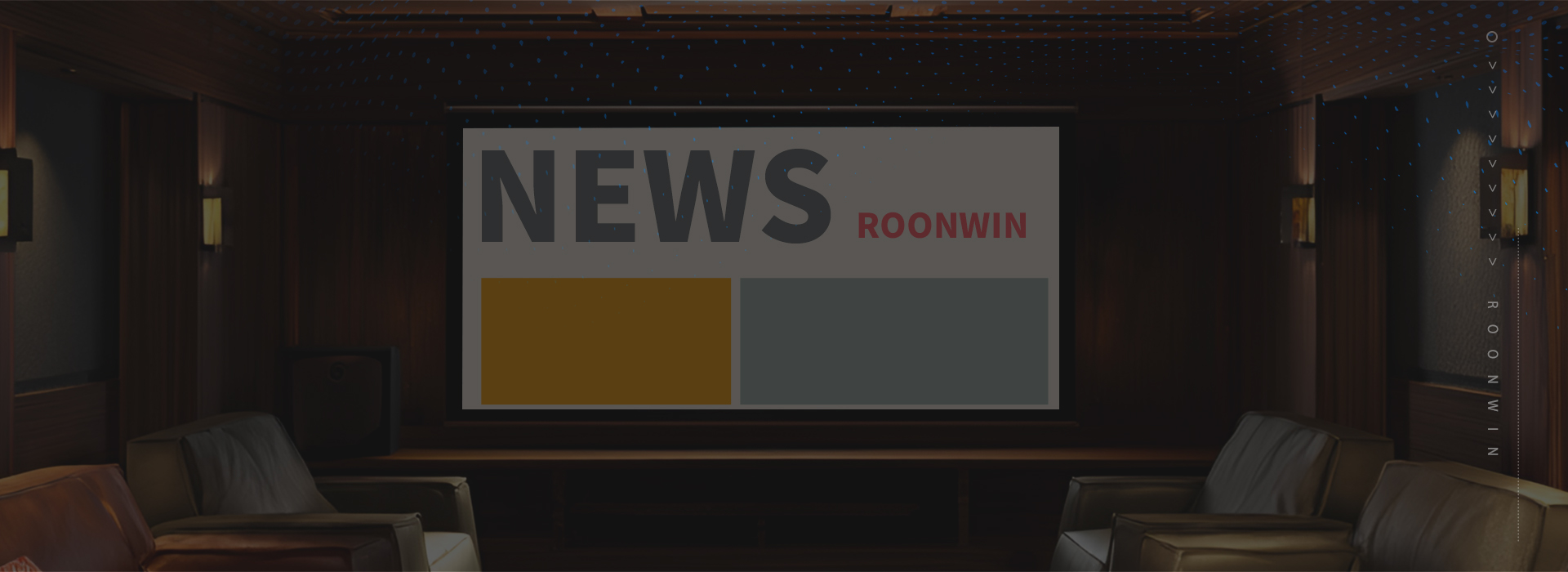
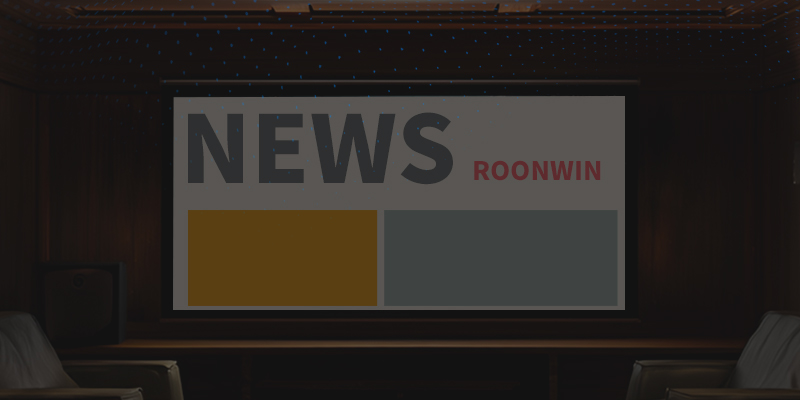
 Reviewed:
Reviewed:











